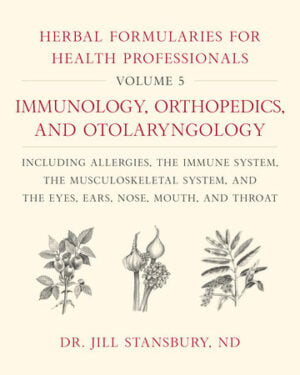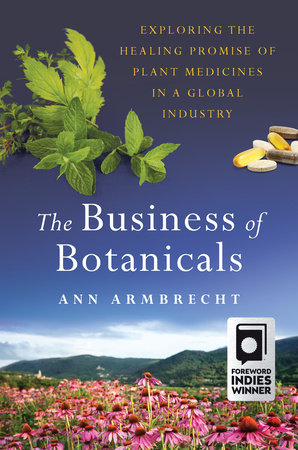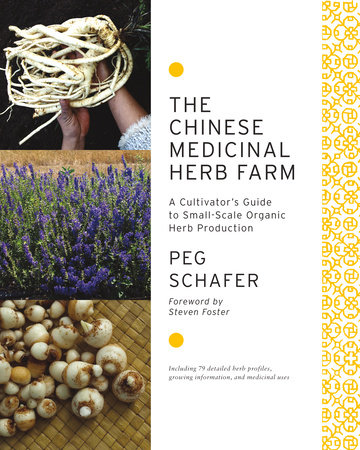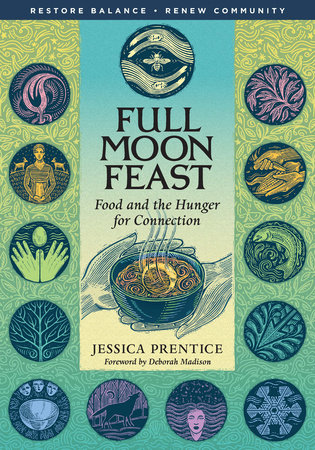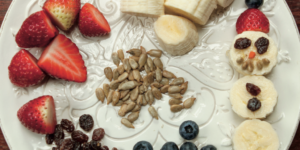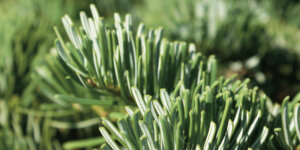Take a Tea Break to De-Stress This Winter!
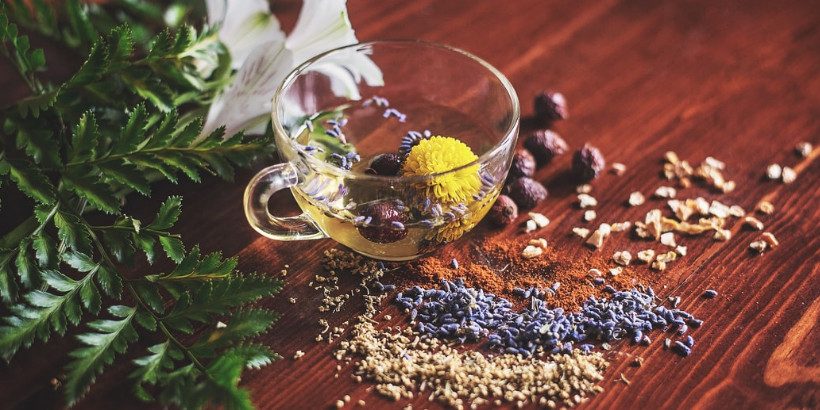
Life can be stressful! Sometimes there’s just no avoiding it. Luckily, taking a moment to brew and enjoy a cup of tea can actually help quite a bit– especially if you’re brewing a cup of Jill Stansbury’s Tea for Stress-Related Muscle Tension. So next time you’re feeling stressed, take a break and brew some tea. Better yet, brew this tea before you’re stressed out as a preventative measure.
The following is an excerpt from Herbal Formularies for Health for Health Professionals, Volume 5 by Jill Stansbury. It has been adapted for the web.
Tea for Stress-Related Muscle Tension
Simply stopping to brew and drink a tea benefits nervous tension. I often prescribe teas for any medical complaint with stress as an underlying cause, for the self-care moment the ritual can offer. Passiflora and Scutellaria are general nervines, while Avena is a nourishing mineral tonic with trophorestorative effects on the nervous system. Glycyrrhiza supports the adrenal glands and their involvement in stress responses, plus it sweetens up the tea.
Ingredients
- Glycyrrhiza glabra 2 ounces (60 g)
- Avena sativa 2 ounces (60 g)
- Passiflora incarnata 1 ounce (30 g)
- Scutellaria laterifl ora 1 ounce (30 g)
- Equisetum arvense 1 ounce (30 g)
Procedure
- Steep 1 tablespoon of the combined herbs per 1 cup (240 ml) hot water for 10 minutes.
- Strain and drink 3 or more cups a day for 5 to 10 days, reducing as symptoms improve.
The Ingredients: A Closer Look
Glycyrrhiza glabra • Licorice
The sweet-tasting roots of Glycyrrhiza are used as a systemic all-purpose anti-inflammatory and antiallergy agent, with particular affinity for mucous membrane inflammation and ulceration. The oral lesions of lichen planus, lupus, and erythema multiforme, as well as aphthous ulcers and canker sores may respond to licorice teas and solid extracts. Glycyrrhiza is also indicated in formulas to help wean patients whose eczema, asthma, and other allergic phenomena have been managed with steroids, to upregulate and normalize adrenal function or cortisol regulation. Glycyrrhizin is a steroidal saponin present in licorice root and contributes to its sweet flavor and has been shown to boost the effects of cortisone in RA patients when used in tandem. Glycyrrhizin is metabolized into glycyrrhetinic acid in the gut, and both compounds are credited with antiallergenic and anti-inflammatory activity.
Avena sativa • Oats
Avena is most used for allergic conditions as an herbal bath, plaster, or poultice to allay itching. Avena baths and poultices are indicated for all sorts of itching, including dermatitis, chicken pox, mosquito bites, pityriasis, and other pruritic skin conditions. Oatmeal baths have moisturizing, cleansing, antioxidative, and anti-inflammatory properties, and clinical research has shown that Avena has a very low allergenic potential, making it safe for atopic individuals, even in the midst of an acute episode of allergic dermatitis.Use as a full-strength bath for dermatitis, itchy dry skin, and nervous skin complaints.
Scutellaria baicalensis • Scute
Mature roots of Scutellaria baicalensis are used medicinallyas a broad-acting anti-inflammatory agent. S. baicalensis inhibits the release of histamine from basophils and mast cells and is appropriate as a lead herb internally to reduce allergic response and atopic skin conditions. Flavonoids in the roots modulate prostaglandin via cyclooxygenase inhibition, explaining traditional use in treating asthma, allergy, and dermatitis. Baicalein is one such flavonoid with numerous anti-inflammatory and antiallergic activities, reducing mast cell degranulation and inhibiting the release of eotaxin from fibroblasts. Wogonin is another Scutellaria flavonoid shown to reduce mite-induced inflammatory cytokine release and contributing to the antiallergy effects of the herb. S. baicalensis has been extensively used in TCM for thousands of years, with the common name of huang qin, where it contributes cooling and drying anti-inflammatory effects to formulas.
Recommended Reads
Recent Articles
Who says you can’t play with your food? These treats are a snack, a craft, and they’re healthy to boot! Brighten up snack time this winter using fruits and veggies we all know and love. The only problem? These snacks might be too darn cute to take a bite of! The following is an excerpt…
Read MoreThe scent of fir trees is a holiday staple 🎄 Imagine sipping a festive cocktail infused with the unmistakable taste of fir ✨ This holiday season, elevate your entertaining game by introducing fir to your menu – from classy cocktails to rustic potatoes!
Read MoreLooking for a way to use that leftover Thanksgiving Turkey? Shake things up this holiday season with a game-changing twist. Serve these easy-to-make appetizers with a side of Vietnamese dipping sauce for an extra kick of flavor!
Read More

